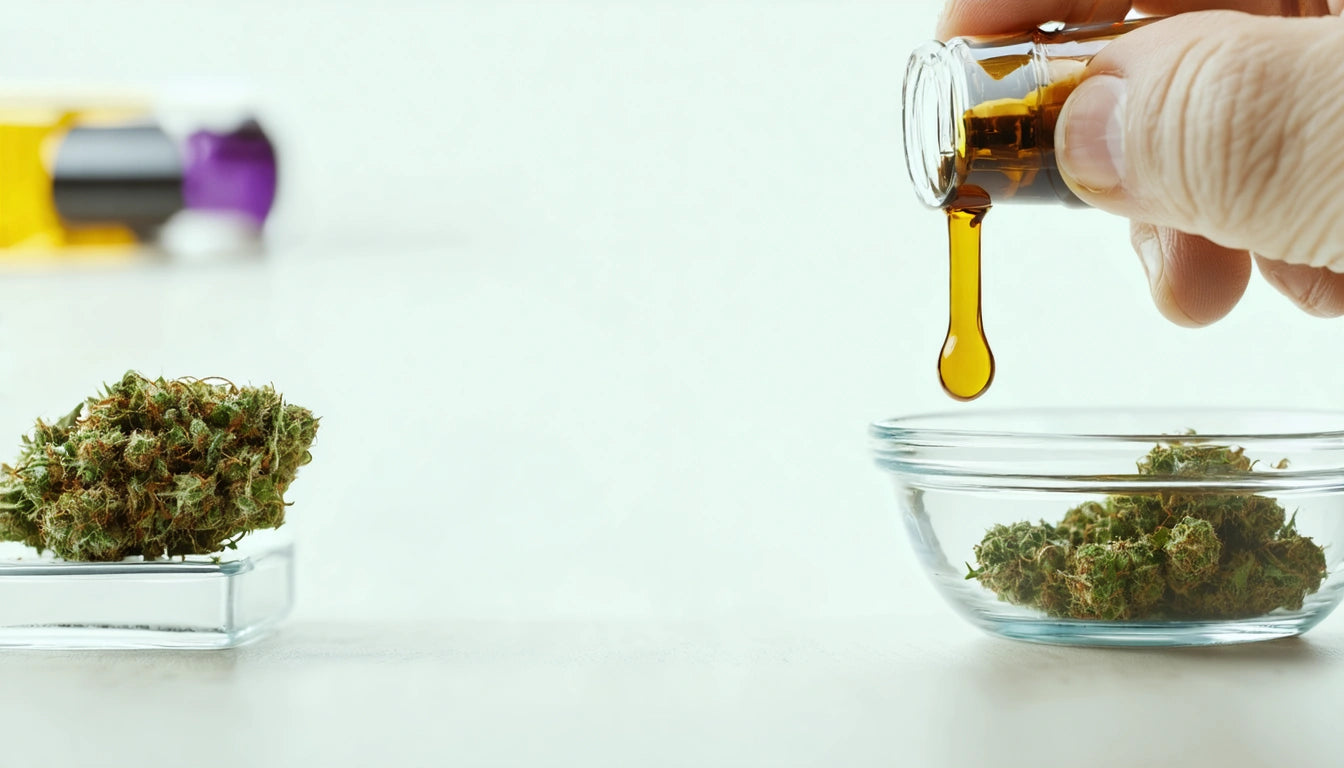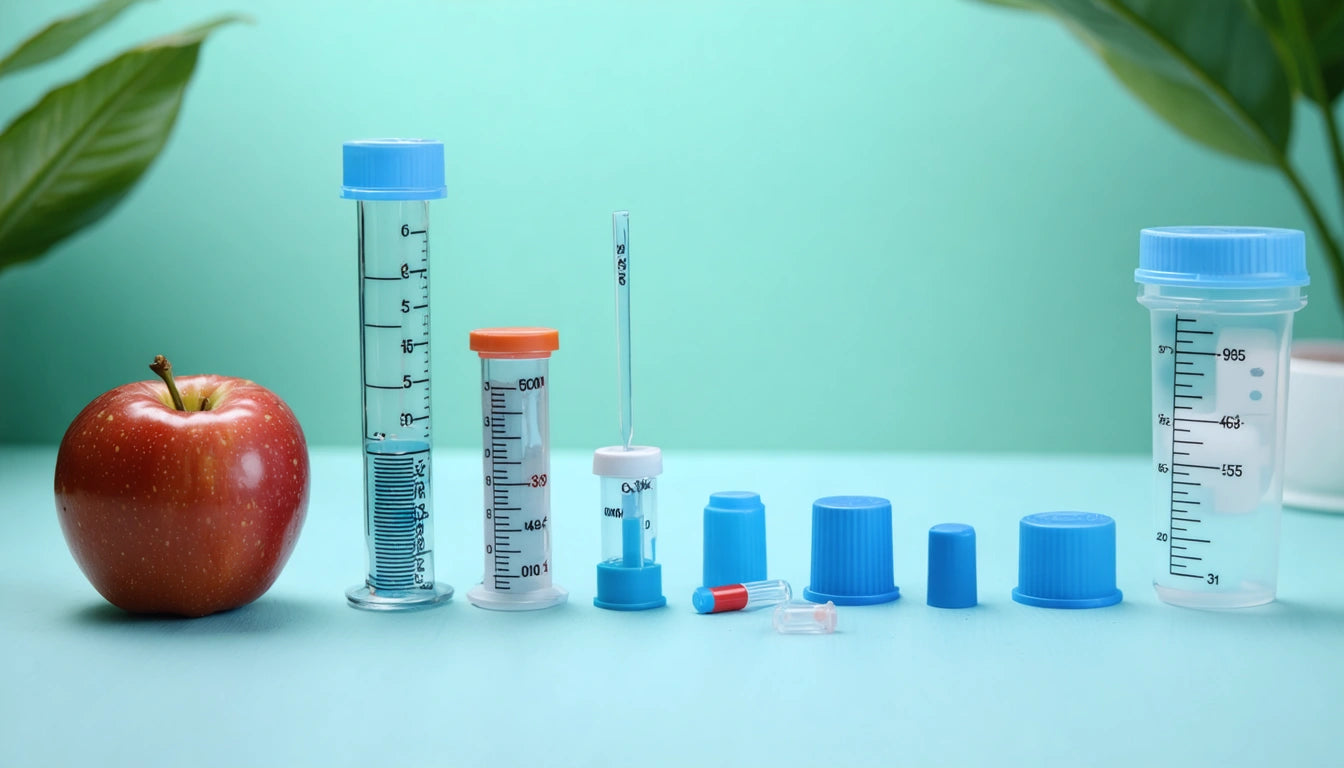Table of Contents
- Understanding Cannabis Bioavailability
- Inhalation Methods: Rapid Absorption Through the Lungs
- Oral Consumption: The First-Pass Effect
- Sublingual and Buccal Absorption: Bypassing the Digestive System
- Topical and Transdermal Applications: Localized Effects
- Maximizing Bioavailability for Optimal Effects
Cannabis bioavailability refers to the percentage of cannabinoids that enter circulation when introduced to the body and produce an active effect. This critical factor varies dramatically depending on how you consume cannabis, directly influencing onset time, duration, and intensity of effects. Understanding these differences helps consumers and medical patients select the most appropriate method for their needs.
Understanding Cannabis Bioavailability
Bioavailability represents the fraction of an administered substance that reaches systemic circulation and can exert its effects. With cannabis, this percentage varies significantly across consumption methods due to differences in absorption mechanisms, metabolic processes, and the chemical properties of cannabinoids themselves.
The lipophilic (fat-loving) nature of cannabinoids like THC and CBD means they don't naturally dissolve well in water-based bodily fluids, creating inherent bioavailability challenges. Additionally, factors like individual metabolism, body composition, and product formulation further influence absorption rates.
Inhalation Methods: Rapid Absorption Through the Lungs
Smoking
When cannabis is smoked, cannabinoids enter the bloodstream through the lungs' alveoli, offering bioavailability rates between 10-35%. This method provides near-immediate onset (within minutes) as compounds bypass the digestive system and first-pass metabolism in the liver.
However, combustion destroys some cannabinoids and creates potentially harmful byproducts. For consumers concerned about these aspects, comparing smoking to vaporizing provides valuable insights into healthier inhalation alternatives.
Vaporizing
Vaporization heats cannabis to temperatures that release cannabinoids without combustion, resulting in bioavailability rates of 40-60%, significantly higher than smoking. This efficiency explains why many medical patients prefer vaporization, as detailed in our guide to safe vaping devices.
The improved bioavailability comes from reduced cannabinoid destruction and the creation of a more easily absorbed vapor. For flower products, maintaining proper humidity levels with specialized humidity control packs ensures optimal vaporization conditions and preserves terpenes that contribute to therapeutic effects.
Dabbing
Dabbing concentrated extracts delivers extremely high bioavailability (up to 60%) due to the concentrated nature of the product and the high-temperature vaporization process. This method produces intense, immediate effects but requires specialized equipment and careful temperature control, as explained in this safety overview of dabbing.
Oral Consumption: The First-Pass Effect
Edibles and Capsules
When cannabis is ingested orally through edibles or capsules, it must first travel through the digestive system and liver before entering circulation. This process, known as first-pass metabolism, significantly reduces bioavailability to just 4-20% and delays onset by 30-120 minutes.
The liver converts THC to 11-hydroxy-THC, a more potent metabolite that produces stronger and longer-lasting effects (6-8 hours) than other methods. This metabolic transformation explains why edible experiences differ qualitatively from smoking or vaping.
Beverages
Cannabis-infused beverages typically offer slightly improved bioavailability (10-25%) compared to solid edibles due to their liquid form and the potential inclusion of emulsifiers that increase absorption. However, they still undergo first-pass metabolism with delayed onset times.
Recent advances in nanoemulsion technology have produced beverages with onset times as quick as 10-15 minutes, addressing one of the primary challenges of oral consumption.
Sublingual and Buccal Absorption: Bypassing the Digestive System
Tinctures, sprays, and dissolving strips placed under the tongue (sublingual) or against the cheek (buccal) allow cannabinoids to enter the bloodstream directly through the oral mucosa. This route bypasses first-pass metabolism, offering improved bioavailability (25-35%) and faster onset (15-45 minutes) compared to edibles.
The effectiveness of sublingual products depends heavily on how long the product remains in contact with the mucous membranes before being swallowed. Proper administration technique significantly impacts bioavailability, making education crucial for patients using these methods.
Topical and Transdermal Applications: Localized Effects
Standard Topicals
Traditional cannabis-infused creams, balms, and lotions don't typically enter the bloodstream in significant amounts. Instead, they interact with endocannabinoid receptors in the skin to produce localized effects. While systemic bioavailability is minimal, targeted bioavailability at application sites can be effective for localized concerns.
Transdermal Products
Transdermal patches and certain advanced topicals are specifically formulated with permeation enhancers that allow cannabinoids to penetrate the skin barrier and enter systemic circulation. These products can achieve bioavailability rates of 10-15% while providing extended release over 8-12 hours.
The steady, controlled delivery makes transdermal applications particularly valuable for conditions requiring consistent cannabinoid levels throughout the day.
Maximizing Bioavailability for Optimal Effects
Understanding bioavailability differences allows consumers to make informed choices based on their specific needs:
- For rapid symptom relief, inhalation methods offer the highest bioavailability and fastest onset
- For extended duration, edibles provide longer-lasting effects despite lower bioavailability
- For consistent dosing without peaks and valleys, transdermal applications offer steady delivery
- For beginners, microdosing methods with predictable bioavailability help establish baseline responses
Product quality and storage conditions significantly impact bioavailability. Properly preserved cannabis maintains its potency and absorption potential. For flower products, maintaining optimal humidity levels using specialized humidity control solutions ensures cannabinoids and terpenes remain intact for maximum bioavailability when consumed.
As consumption technology advances, we'll likely see continued improvements in bioavailability across all methods. Emerging technologies like nanoemulsions, liposomal encapsulation, and novel delivery systems promise to overcome current limitations and provide more predictable, efficient cannabinoid delivery regardless of consumption preference.











Leave a comment
All comments are moderated before being published.
This site is protected by hCaptcha and the hCaptcha Privacy Policy and Terms of Service apply.